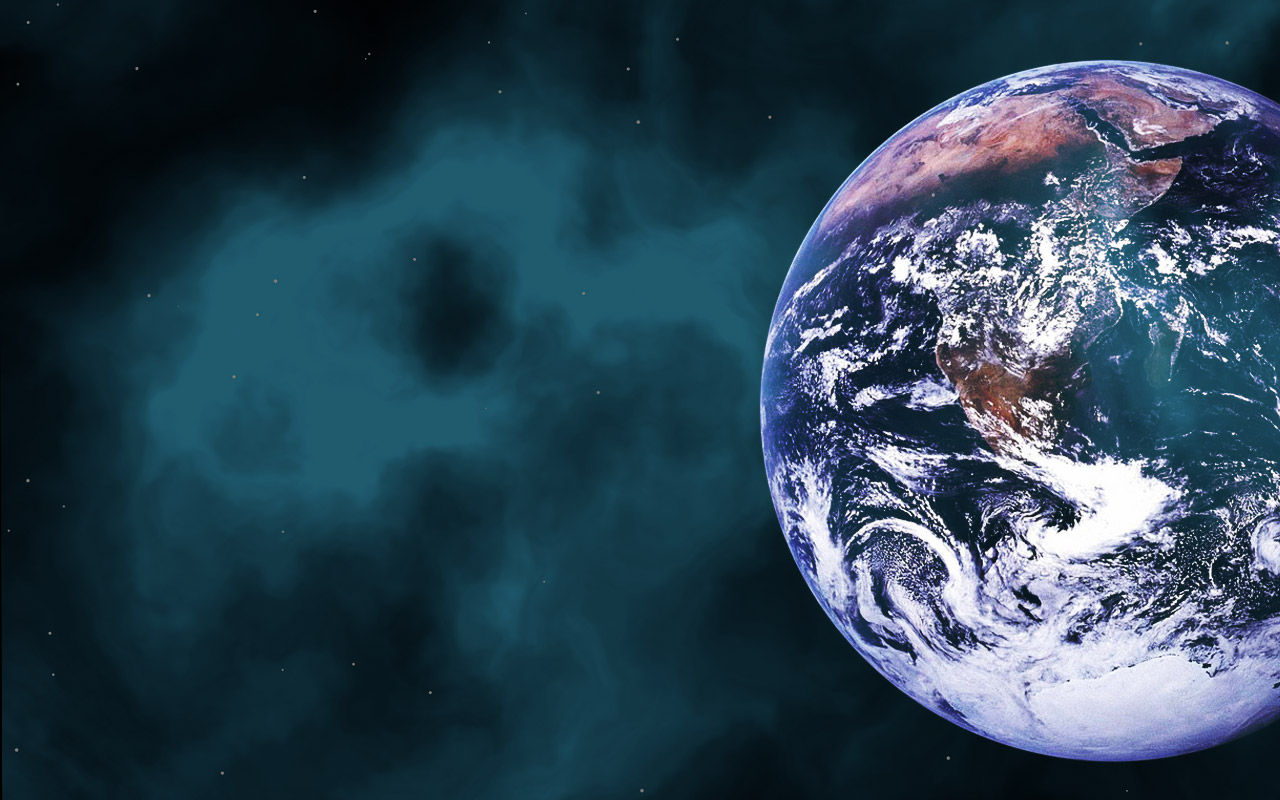
Ghosts Forests on the Rise Due to Climate Change
By ANASTASIA TCHERNIKOV
“When the trees die out, the marsh is going to take over. We just don’t know how to slow it down” Matt Hurd, a regional forester with the Maryland Department of natural resources, says (Root).
“Ghost forests” can be categorized as areas filled with dead, white trees that contain no new growth due to the saltwater filling the areas, representing where all the dry land used to be. These “forests” can be found all along the Atlantic seaboard of North America, from Louisiana up to southern Canada, mainly in private, rural lands, Root notes.
According to John Upton of ClimateCentral.org, preliminary findings from an analysis by the Virginia Institute of Marine Science (VIMS) scientists suggests 100,000 acres of a coastal forest may have died around the Chesapeake Bay area since the 1850s, about 150 square miles, and along the Florida Gulf Coast, around 57 square miles in the past 120 years.
“One of the primary mechanisms for ghost-forest creation is sea-level rise,” Keryn Gedan, a professor at the George Washington University in D.C says (Root).
Although sea levels are rising worldwide due to the warming effects of greenhouse gases, high tides in the mid-Atlantic rose by several inches in the most recent decade, three times faster than the average rate of sea-level rise worldwide, causing the abundance of ghost forests on the Atlantic seaboard.
Climate change also exacerbates events such as hurricanes, which bring storm surges that drive salt-water landward, explains Emily Bernhardt, a professor at Duke University (Root). These higher waters reduce the difference in elevation between the land and sea, making it easier for salt-water to make its way into shoreline soils, and the trees, Gedan says, “don’t like salt” (Root).
For almost 150 years, since 1875, ghost forests have been growing at an alarming rate due to the increasing sea-level rise. Specifically, sea level is expected to increase between 1.3 to 3.9 feet (0.4 and 1.2 meters) by the end of the century, Ula Chrobak of Popular Science, reveals. Soon, although, the marshes where ghost forests stand will end up submerged, resulting in open water and completely devastating any ecosystems there.
According to Marcelo Ardon, an ecologist at North Carolina State University who studies ghost forests, better understanding them could result in more effective conservation policies. “ If we know the changes that are going to happen,” he says, “maybe we can be more proactive in how we manage the transition” (Root).
According to Upton, however, as much as society tries to adapt to the impacts of climate change, it is difficult to simply make up for the ecosystem being lost, says Matthew Kirwan, a professor at William & Mary's Virginia Institute of Marine Science studying coastal landscape evolution.
Both sides do have a point, while it may be difficult for the normal person to save a certain ecosystem, there are decisions people can make to reduce their carbon footprint, all it takes is a quick internet search.
Works Cited
Chrobak, Ula. "Ghost forests are sprouting up along the Atlantic Coast." Popular Science, Bonnier Corporation, 5 June 2019, www.popsci.com/ghost-forests-sea-level-rise/. Accessed 27 Oct. 2019.
Root, Tik. "Ghost Forests Are Visceral Examples of the Advance of Climate Change." Time, Newsy, 7 Oct. 2019, time.com/5694648/ghost-forests-climate-change/. Accessed 27 Oct. a2019.
Upton, John. "'Ghost Forests' Appear As Rising Seas Kill Trees." Climate Central, 15 Sept. 2016, www.climatecentral.org/news/ghost-forests-appear-as-rising-tides-kill-trees-20701. Accessed 27 Oct. 2019.
